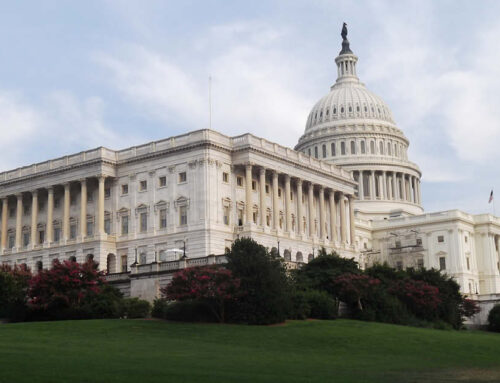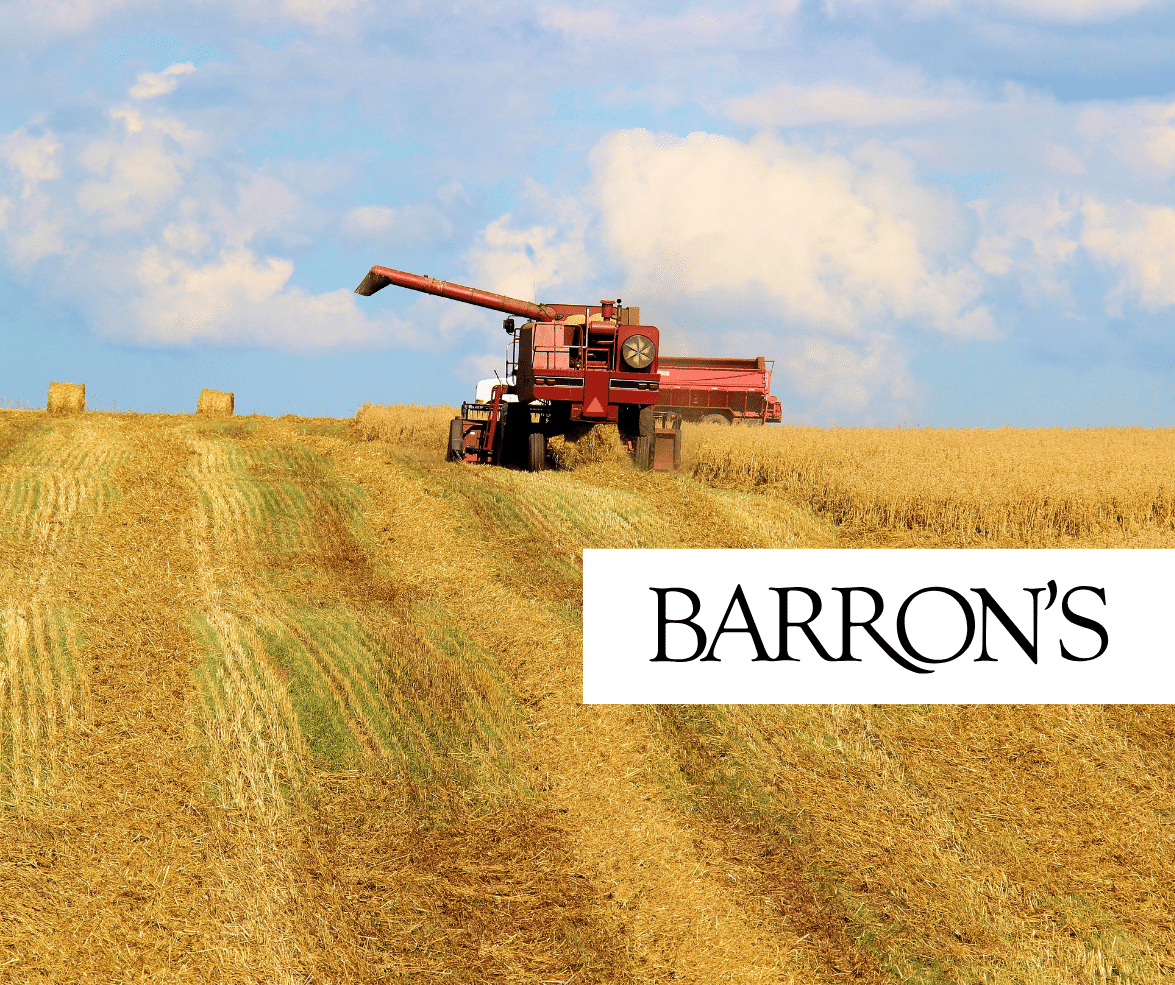In Washington, a cabal of special interests is greedily pushing for another bailout. This time, it’s some of the biggest users of the nation’s inland waterways. Commercial inland waterways users are floating a proposal that would soak taxpayers by bailing out these companies from having to cover their fair-share of the bankrupt Inland Waterways Trust Fund (IWTF).
The IWTF was created to get users to cover some of the U.S. Army Corps of Engineers’ costs to construct and rehabilitate commercially navigable waterways, like the Mississippi and Ohio rivers. Commercial users of these waterways would contribute to the trust fund through a modest tax on fuel they used. The fund would then be tapped to cover 50% of the costs for construction of new dams and navigation locks and major rehabilitation of existing ones. The other 50% would be covered by taxpayers—who would also pick up 100% of the tab for operations and maintenance once these projects were completed. It was your classic public-private user cost share – and double the work would get done for each Corps dollar spent.
Thirty-some years later, the trust fund is effectively bankrupt.
Long before the current recession, barge traffic on these waters was declining. Add to this an over-extension of the network by building locks and dams that were not economically justified, repeated cost overruns at numerous projects, and the lack of any increase in the users’ rate of contribution (last changed to $0.20 per gallon in 1995), and the trust fund quickly began taking on water.
The Inland Waterways Users Board —a Congressionally-mandated advisory committee tasked with making recommendations on the priorities and spending from the trust fund—has come out with its plan to right this sinking ship.
But rather than tackling the structurally deficient trust fund, the board— which, incidentally, is comprised primarily of representatives from barge companies— essentially calls for jettisoning most of the private cost share.
Bizarrely, they treat locks and dams differently. Even though locks are only constructed at a dam to enable navigation on the waterway. And in most cases the rivers were dammed simply to assist barge navigation in the first place. Instead of maintaining the 50-50 split for constructing new dams and rehabilitating old ones, they propose shifting it 100% to taxpayers.
But wait, there’s more! Lock rehabilitations costing less than $100 million per project? 100% taxpayers. And those pesky cost overruns caused by poor planning, unrealistic expectations, or bad management? That’s ri ght. Taxpayers are good for it. No other Corps project – no other public works project – gets an overrun guarantee from Uncle Sam. Talk about no incentive to rein in costs.
Inland waterways users are trolling for a bailout, plain and simple. Currently, with taxpayers footing the bill for all of the system’s operations and maintenance plus half the cost of new construction, inland waterways are already by far the most subsidized (more than a 90 percent subsidy) mode of freight shipping in this country. And while the board’s proposal concedes they may need to raise the fuel tax 6 to 9 cents, taxpayers stand to lose hundreds of millions of dollars if cost sharing is gutted. Corps of Engineers funding has been largely flat for more than a decade, and this proposal would steal cash from badly needed flood and storm damage reduction projects as well as environmental restoration.
While the rest of the nation is looking at ways to cut costs and raise revenue to deal with the yawning deficit, greedy barge interests are looking to stick it to taxpayers.









Get Social